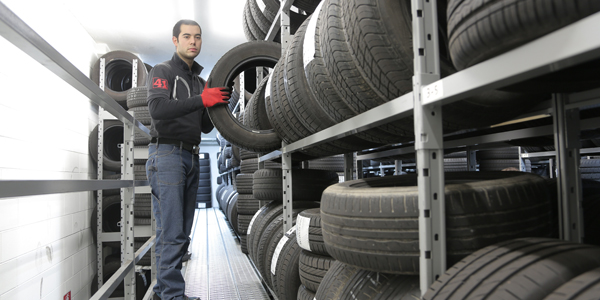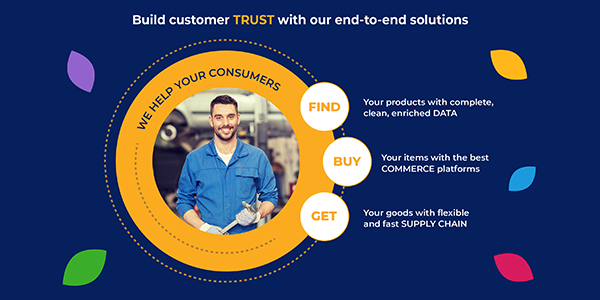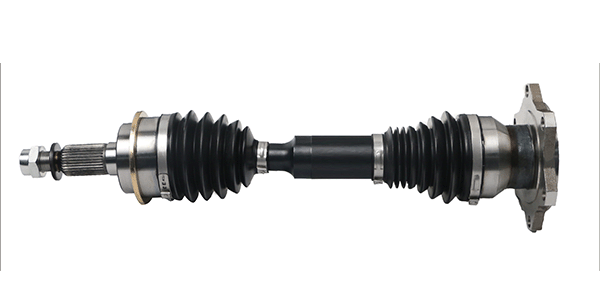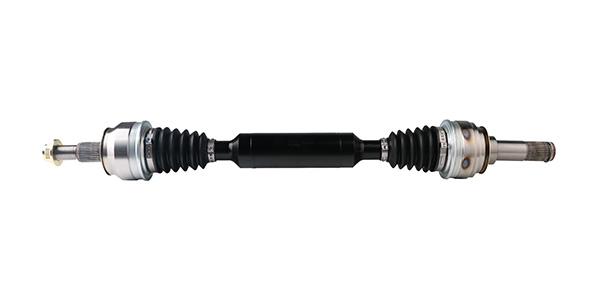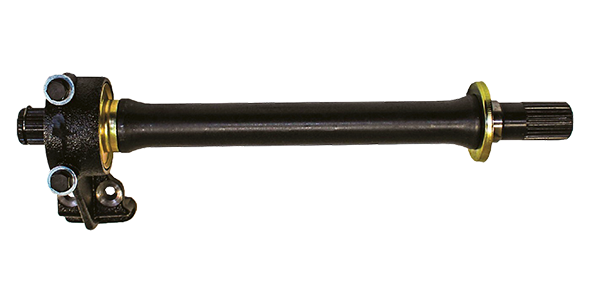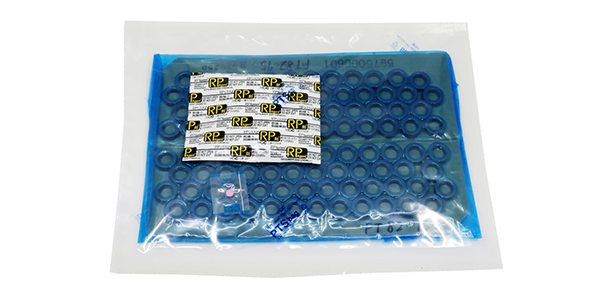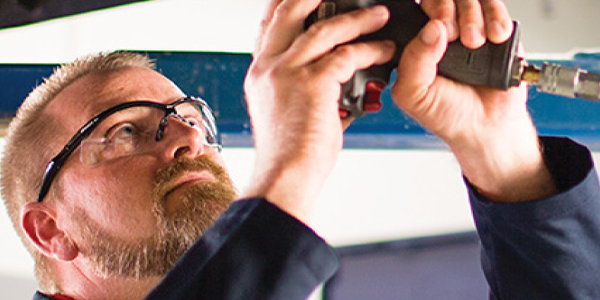Complex multi-echelon distribution networks and lots of slow-moving items bring aftermarket parts companies big gains from digital supply chain planning.
Do you feel squeezed? In the aftermarket parts industry, you’re facing the triple threat of product, supply chain, and service complexity. The pressure is on, and the stakes–and potential rewards–have never been higher. In the automotive parts industry, the aftermarket sector is expected to grow from its current value of approximately $1 trillion to more than $1.42 trillion by 2024, according to Global Market Insights. And with declining new vehicle sales due to the pandemic, the average age of vehicles on the road rose to nearly 12 years in 20201.
Unlock untapped cash and profit opportunities
Too many manufacturers still view their aftermarket businesses as an afterthought, neglecting to invest in the technology and infrastructure you need to thrive; therefore service levels and inventory in these operations are often woefully sub-optimized. The truth is, aftermarket parts is a big net margin producer, and there’s a vast amount of untapped cash and profits in your spare parts business. A study from McKinsey analyzed 30 industries and found that average earnings-before-interest-and-taxes (EBIT) margin for aftermarket services is 25 percent, compared to 10 percent for new equipment2. That extra 15% of margin is a big opportunity.
Sometimes those spare parts inventory and service challenges can just seem too tough to tackle. But it’s those complex multi-echelon distribution networks and lots of slow-moving, sporadic demand items that make these businesses most likely to gain from digital supply chain planning.
Success stories in aftermarket parts planning
Working with our customers, we at ToolsGroup get close-up views of the remarkable transformations that take place following smart investments in supply chain planning. Aston Martin, for example, became an early adopter of AI technology, using it to segment inventory into seasonal clusters and devise much more intelligent replenishment policies that ended up slashing inventory value by 18 percent while raising service levels.
An automotive parts supply chain based in Israel, Lubinski, is an established family business that’s the sole importer for Citroen and Peugeot vehicles. The business was profitable, so it had no ‘burning platform’ to modernize, but decided to proactively upgrade to a digital planning system to optimize its inventory of roughly 20,000 parts, of which 75 percent were slow-movers.
The company achieved a 25 percent reduction in inventory costs, slashed rush orders by air by a third, and saved considerably on waste and obsolescence. All of this is happening while maintaining well above average service levels of 95-96 percent, which are tuned to the needs of each product. The company returned an extra €1.5 million cash to the company’s bottom line, solely from inventory savings.
Productivity gains have been very impressive as well–the system is almost completely ‘self-driving’. One person spends part of one weekday managing the process and the planning team is now free to engage in more valuable, customer-facing work. The only lament from the spare parts planner on the eve of his retirement was “I really wish we had done this sooner!”
Heating and cooling company Lennox had a huge increase in DCs and customer locations, with highly seasonal demand and 98 percent of SKUs classified as intermittent demand. Using machine learning-powered demand planning and inventory optimization the company increased inventory turns and reduced distribution cost by nearly 10 percent.
The bottom line is that from large scale implementations to smaller family businesses, optimizing planning delivers working capital savings along with productivity gains and higher service levels. Modernizing your spare parts business to improve service levels also drives more revenue from customers who might otherwise go elsewhere. Attractive margins in spare parts are drawing new players into the aftermarket game. Amazon and others have begun tossing their chips into automotive aftermarket parts, offering same-day delivery. So digitizing your spare parts business can help build competitive barriers to keep new entrants at bay.
Forty years of experience backing your aftermarket parts supply chain
In 1976, Eugenio Cornacchia, a young MIT master’s graduate in Operations Management began work on a challenging project for Fiat’s Automotive Spare Parts Division which proved to be decades ahead of its time. Since then we’ve grown into a major influencer in supply chain planning, supporting many thriving aftermarket parts organizations. Our industry experts continue to drive ToolsGroup forward with a combined commitment to technology innovation and customer results. Download our ebook to learn more.
This article is sponsored by ToolsGroup North America.
(1)https://www.caranddriver.com
(2)Industrial aftermarket services: Growing the core”, July 2017

